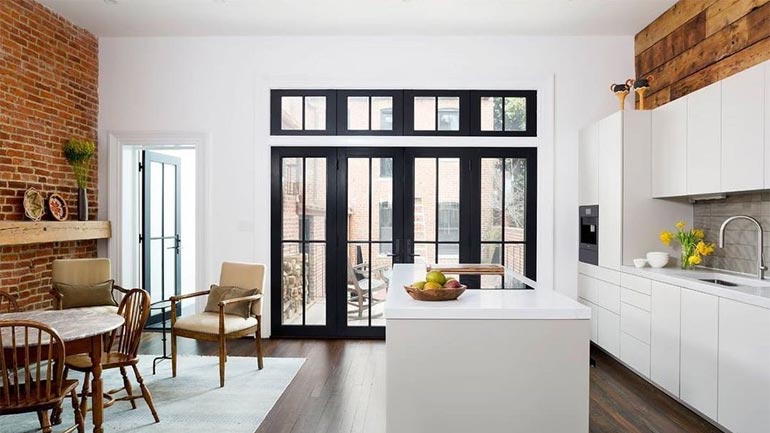The last year has been a challenging time for dine-in restaurants, to say the least. However, despite the setbacks, one area of restaurant service is booming as never before: restaurant-to-consumer delivery.
Enter ghost kitchens. Instead of operating out of a storefront with tables, chairs, printed menus, and waitstaff, a ghost kitchen works out of a compact space (typically 300-800 square-foot) and delivers orders to the consumer’s home either through a third-party app or its internal fulfillment team.
Ghost kitchens are the next big thing in the restaurant business, with one research firm estimating the global ghost kitchen market of $1 trillion by 2030.
Indeed, ghost kitchens may do to the restaurant business what Amazon did to the bookstore business – that is, forever change its foundation from brick-and-mortar to digital. The major difference is that ghost kitchens empower restaurants of all shapes and sizes to take advantage of the opportunity. Operations ranging from national chains to well-established dine-in restaurants to food trucks to startups are investing in ghost kitchens now and making them work.
The accompanying resource is essential reading for every restaurant owner or manager not yet intimately familiar with the concept of ghost kitchens. If you are new to the restaurant industry or thinking about starting your own restaurant, a ghost kitchen could be the fastest and surest way to success. The resource explains what a ghost kitchen is, why it is an appealing business model, and how to establish, manage and market a ghost kitchen successfully.
The usual way to establish a ghost kitchen is by renting space in a shared commissary. However, a ghost kitchen can be launched on an existing restaurant site provided there is adequate space, separation of delivery and dine-in operations, and efficient delivery logistics to the target market.
Whether you are a startup, or your restaurant has been in business for 100 years, the advantages of a ghost kitchen are very appealing. Without being confined to dine-in, the potential reach of your brand through social media and other types of digital marketing becomes much larger. Management can be simplified. Operating costs could be substantially reduced. Plus, pricing can be tested and changed rapidly to drive substantial improvements in revenues and profits.
Will restaurant-to-consumer delivery remain a rapidly growing business after the pandemic is far in the rearview mirror? No one can know for sure, but there are two good reasons to think ghost kitchens will thrive no matter what. First, now that consumers of all kinds have tasted the convenience of food delivery, many may not want to give it up. Second, younger Americans already had a strong preference for digital over brick-and-mortar establishments well before pandemic restrictions made everyone a fan of delivery. This could be a strong base of consumers who will grow in influence and spending power as time passes.
To learn more about ghost kitchens, please check out the resource. Courtesy of Dickey’s Barbecue Pit Franchise.





